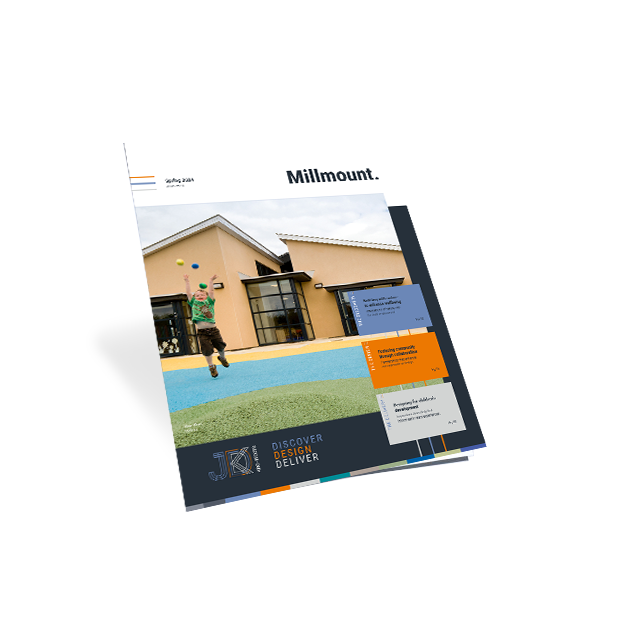Clean Sweep for Saltholme
The RSPB’s new £4.5m Saltholme Wildlife Reserve and Discovery Park Visitor Centre, near Middlesbrough, has achieved a rare hat trick by winning a Constructing Excellence North East Award for Sustainability, an equally prestigious Royal Institute of British Architects (RIBA) Award, and most recently, a double award at the Royal Institution of Chartered Surveyors (RICS) North East Renaissance Awards.
Designed by the Newcastle-based architects Jane Darbyshire & David Kendall Ltd (JDDK), the Visitor Centre, situated at the heart of the Park, is an innovative building which fuses 21st Century architecture to both modern and traditional materials and environmental principles of sustainable regeneration.
At the recent RICS Awards, held in Newcastle in April, the Centre won both the Tourism and Leisure Category and the overall Project of the Year Awards which join last year’s Constructing Excellence and RIBA awards.
The groundbreaking wildlife conservation and tourism project has welcomed over 100,000 visitors since opening, 20,000 of which have come from outside the region, and created 22 full and part time jobs. The massive undertaking by the RSPB and the Teesside Environmental Trust working together has transformed 1,000 acres (380 ha) of former industrial land into a world-class nature reserve which will be the largest wetland creation project in the North of England. It is now one of the largest tourist attractions in the region, providing visitors with an unique opportunity to see wildlife and adding over £1m per year to the local economy.
Constructed by regional company Lumsden & Carroll Construction, part of Esh Group, the Centre is a very contemporary structure which lifts out of the lakeside landscape featuring a feather-like roof structure, rising from the ground floor to a first floor panoramic viewing café. With huge areas of fenestration and aluminium-clad roof panels, recycled and recyclable materials have been specified throughout the building, with the Centre also featuring an internal rammed earth wall to control both internal humidity and temperature.
One of the main design criteria of the initial brief was that the building should achieve a BREEAM (British Research Establishment Environmental Assessment Method) accreditation of Excellent, with another being that it should be as low maintenance as possible, both of which have been successfully achieved. As a result, the structure has been designed on sustainable principles with the design encouraging the stack effect in which cool air is drawn in from the outside and up through the central atrium of the building, providing natural ventilation and removing the need for mechanical aids. In addition, rainwater is recycled and used as ‘grey’ water systems for toilet flushing.
Externally, a timber walkway and pedestrian swing bridge over the water course provides echoes of earlier technology whilst also ensuring security for the building. David Braithwaite, RSPB Saltholme Project Manager, commented, “Saltholme is one of the RSPB’s current three Urban Gateway projects, where important nature reserves are located close to large urban populations, and is an extremely important area for migratory birds. The reclamation of this superb wetland area gives the people of the North East a world class facility right on their doorstep!”
“Together with our partner organisation, the Teesside Environmental Trust, we were always concerned about any building in such an environmentally sensitive area, so chose the JDDK design because it was not only a visually striking building and had clearly answered the brief, but also included very practical sustainable systems. It’s a superb building at the very centre of this exciting project.”
Alison Thornton-Sykes, Principal Designer with JDDK, added, “We’re naturally delighted that the project has received these prestigious awards. However, just as importantly, the feedback we’re getting from our clients, the RSPB, is very positive with visitor numbers well above expectations, so we’re delighted!”
